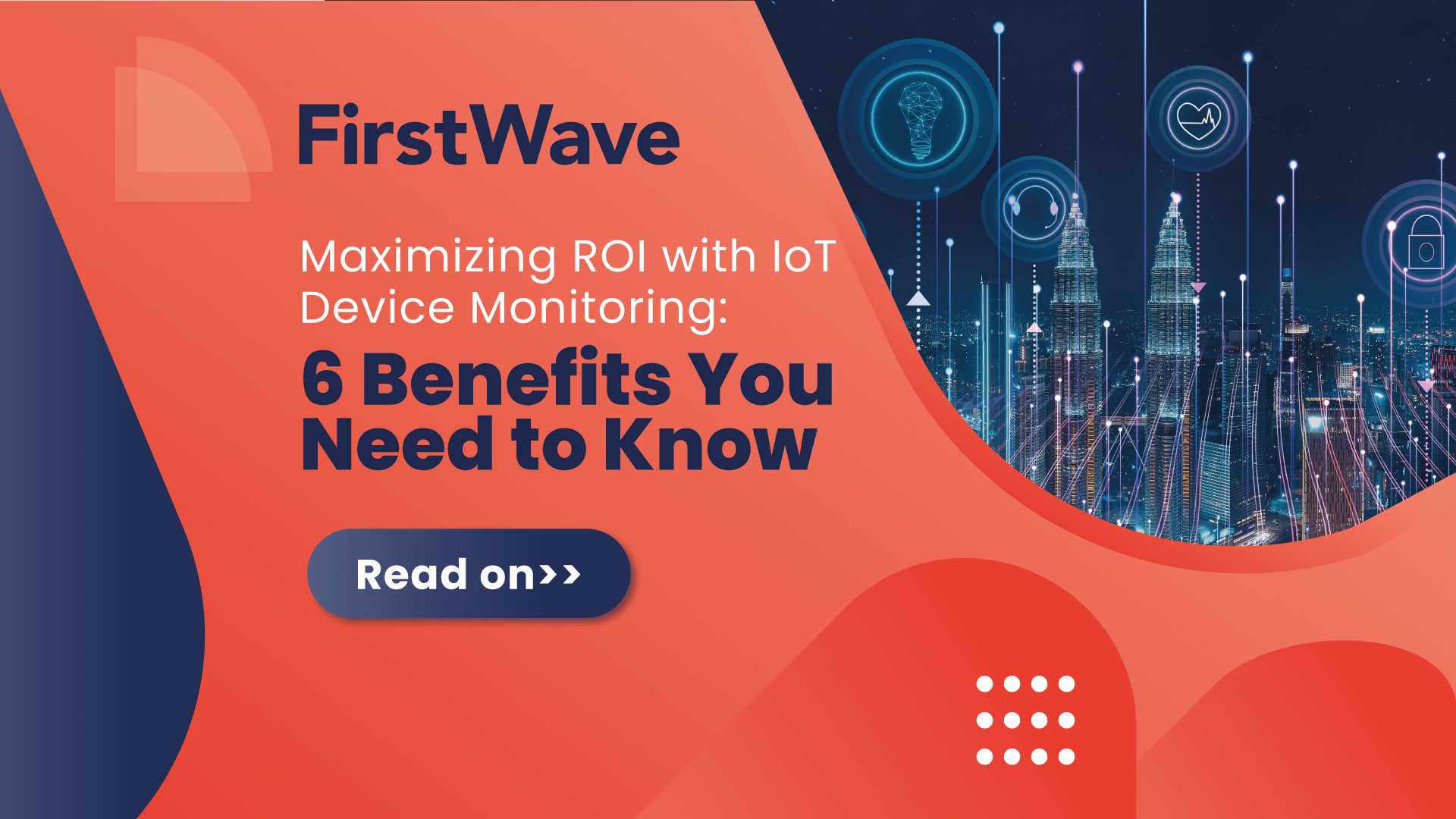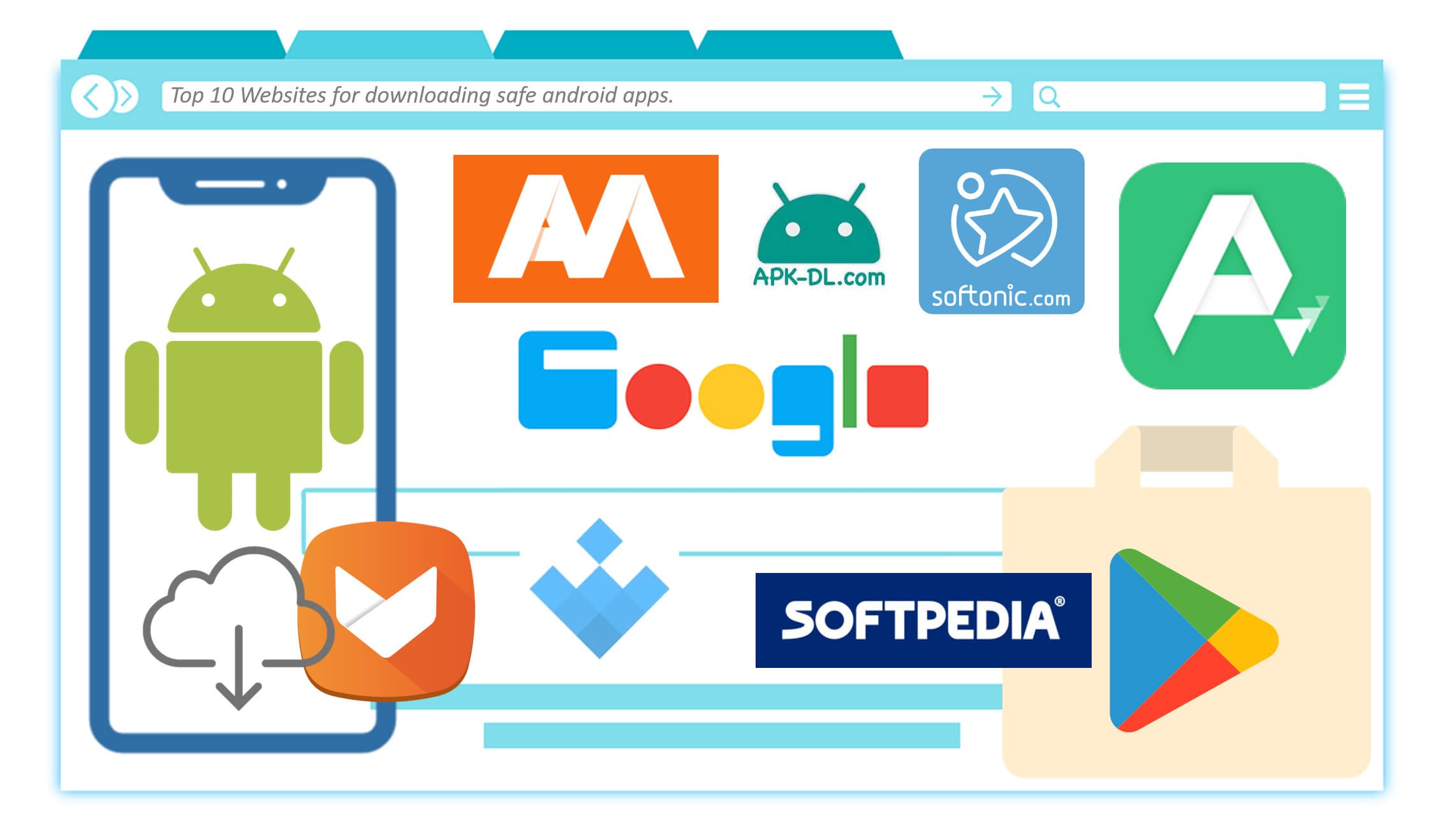Remote IoT SSH On Android: Secure Device Access Guide
Ever felt chained to your desk, desperately needing to tweak an IoT device miles away? IoT remote SSH connection is not just a convenience; it's the cornerstone of efficient, secure, and flexible IoT device management.
This detailed guide will illuminate the path to seamlessly accessing SSH on your IoT devices, transforming your Android device into a powerful remote control center. We'll navigate the intricacies of setting up and utilizing the RemoteIoT platform, ensuring you can expertly manage your IoT infrastructure from anywhere. In today's rapidly expanding IoT ecosystem, the ability to remotely monitor and control devices is no longer a luxury, but a necessity. The sheer volume of interconnected devices can quickly become overwhelming without a streamlined management approach.
| Aspect | Details |
|---|---|
| Core Concept | Securely managing IoT devices remotely via SSH (Secure Shell) |
| Benefit | Simplified device management with enhanced security |
| Key Skill | Remote IoT device access via Android APK |
| Essential Steps | Configuring IoT device for SSH, using an Android SSH client |
| Security Emphasis | Prioritizing SSH key-based authentication over password-based |
| Popular Tools | Putty (for SSH client), RemoteIoT platform |
| Primary Use Case | Remote monitoring, troubleshooting, and management of IoT devices |
| Target Audience | Tech enthusiasts, professionals, and hobbyists |
| Integration | Seamless integration with Android mobile devices |
| Additional Features | Remote monitoring and alerting for devices like Raspberry Pi |
Thankfully, leveraging SSH remote access provides a robust solution, empowering users to simplify device management while upholding a high standard of security. This approach offers a reliable conduit for connecting to IoT devices from afar, guaranteeing both seamless control and comprehensive monitoring capabilities. Mastering SSH remote IoT device access through an Android APK has evolved into an indispensable skill for a diverse audience, including tech enthusiasts, seasoned professionals, and dedicated hobbyists alike. This method is not just about convenience; its about establishing a secure and reliable channel for managing your IoT ecosystem, irrespective of your physical location.
Before diving in, its crucial to ensure your IoT device is properly configured to accept SSH connections. This typically involves enabling SSH within the device's settings panel and meticulously setting up authentication credentials. The most secure method involves utilizing SSH keys rather than relying solely on passwords, significantly reducing the risk of unauthorized access. Password-based authentication, while simpler, is inherently more vulnerable to brute-force attacks and should be avoided in favor of key-based authentication for production environments.
With the device prepped and ready, the next step is to establish the connection. Launch your preferred SSH client on your Android device and carefully input the IoT devices IP address, along with the designated username and, preferably, the SSH key. Upon successful authentication, you'll gain command-line access to your IoT device, allowing you to execute commands, transfer files, and manage the system remotely. For example, if youre managing a Raspberry Pi-based IoT sensor network, you could remotely update software packages, configure network settings, or even reboot the device from your Android phone. This level of control is invaluable for maintaining the health and performance of your IoT infrastructure.
While searching for readily available Android APKs for IoT device remote SSH access, it's paramount to prioritize security and authenticity. Avoid downloading APKs from untrusted sources, as they may contain malware or security vulnerabilities that could compromise your IoT devices and network. Instead, opt for established SSH client applications available on the Google Play Store, ensuring they are from reputable developers with a proven track record of security and privacy. Furthermore, always keep your SSH client application up to date to benefit from the latest security patches and feature enhancements.
One of the significant advantages of using SSH for remote IoT device management is the flexibility it offers in terms of authentication and access control. You can SSH into your IoT device using the system user account, but for enhanced security, its highly recommended to implement SSH key-based authentication. This approach eliminates the need to transmit passwords over the network, significantly reducing the risk of interception or credential compromise. Additionally, you can configure granular access controls using SSH keys, restricting specific users to certain commands or directories on the IoT device. This level of control is crucial for maintaining a secure and auditable IoT environment.
Unlike some proprietary remote access solutions, SSH relies on open standards and well-established cryptographic protocols, ensuring interoperability and security. Standard client tools such as PuTTY offer robust SSH functionality without introducing unnecessary security holes or proprietary protocols. This adherence to open standards promotes transparency and allows for independent security audits, enhancing trust and confidence in the overall solution. Avoid relying on obscure or unverified client tools, as they may contain hidden vulnerabilities or backdoors that could compromise your IoT devices.
Beyond basic remote access, SSH can also be leveraged for advanced monitoring and alerting of Raspberry Pi and other IoT devices. By setting up automated scripts that periodically check device status, resource utilization, and other critical metrics, you can proactively identify and address potential issues before they escalate. These scripts can then send alerts via email or other notification channels, keeping you informed of any anomalies or critical events. This proactive monitoring approach is essential for maintaining the reliability and availability of your IoT infrastructure, especially in mission-critical applications.
The RemoteIoT platform, in particular, has gained considerable traction among Android users due to its seamless integration with mobile devices. This platform simplifies the process of configuring and managing SSH connections to multiple IoT devices, providing a centralized dashboard for monitoring device status, managing credentials, and executing remote commands. Its user-friendly interface and robust feature set make it an ideal choice for both novice and experienced IoT professionals. RemoteIoT also offers features such as remote port forwarding, which allows you to securely access services running on your IoT devices from anywhere in the world.
By extending remote monitoring and control capabilities to your customer sites, you can provide enhanced support and value-added services. SSH provides a secure and reliable means of accessing customer IoT devices for troubleshooting, maintenance, and configuration updates. This remote access capability can significantly reduce on-site visits, saving time and resources while improving customer satisfaction. Ensure that you obtain explicit consent from your customers before accessing their IoT devices remotely, and implement robust security measures to protect their data and privacy.
You can connect to any installed system using custom agents or well-defined APIs, expanding the reach and flexibility of your remote management capabilities. Custom agents can be deployed on IoT devices that don't natively support SSH, providing a secure channel for remote access and control. These agents can be tailored to specific device capabilities and security requirements, ensuring optimal performance and security. Alternatively, you can leverage APIs to integrate SSH functionality into existing management platforms or custom applications, providing a seamless and integrated user experience.
By dedicating time to master SSH IoT anywhere Android, you will acquire the necessary skills to remotely manage, monitor, and troubleshoot your IoT devices with both ease and unwavering security. This skill set is not just valuable for technical professionals; it's becoming increasingly important for anyone involved in the design, deployment, or maintenance of IoT systems. The ability to quickly diagnose and resolve issues remotely can save significant time and resources, while ensuring the continued operation of your IoT infrastructure.
In essence, remote IoT device SSH on Android boils down to configuring your IoT device to graciously accept SSH connections and harnessing the power of an Android application to establish that vital connection. This combination empowers you to take charge of your IoT ecosystem from the palm of your hand, no matter where you find yourself. Embrace the power of remote SSH access and unlock the full potential of your IoT devices.



Detail Author:
- Name : Lane Kiehn
- Username : eloisa.hill
- Email : qgreenholt@gmail.com
- Birthdate : 1991-10-23
- Address : 77717 Stewart Hills East Hymanburgh, WV 10644
- Phone : +1 (567) 503-4859
- Company : Will PLC
- Job : Stone Cutter
- Bio : Similique aut quis non eligendi. Est odio et qui maiores qui. Quo rerum pariatur quia minus. Ipsa iste fugit consequatur quaerat ut.
Socials
tiktok:
- url : https://tiktok.com/@maci_real
- username : maci_real
- bio : Ut omnis ab et culpa eum est quia sed.
- followers : 2317
- following : 1364
instagram:
- url : https://instagram.com/maciborer
- username : maciborer
- bio : Aut aut enim dolor enim voluptas. Necessitatibus corporis neque vel harum rerum qui quod.
- followers : 2586
- following : 1951
linkedin:
- url : https://linkedin.com/in/borer2020
- username : borer2020
- bio : Facilis consequatur et qui ipsam non.
- followers : 6429
- following : 1201